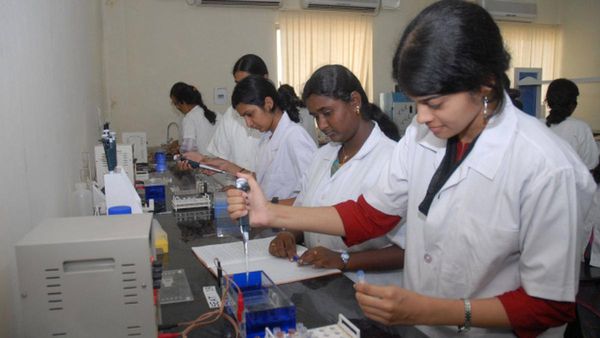Conversations around gender equality and women’s empowerment continue to gain momentum. We, however, would like to reflect on an issue that is often overlooked, which is the critical intersection between gender equality and sustainable energy development. Time and again, studies have proven that gender equality and women’s empowerment are fundamental to achieving sustainable energy for all. The achievement of all Sustainable Development Goals (SDG) is in one way or another dependent on gender equality. In fact, strong connections exist among SDG5 on gender equality, SDG7 on clean, affordable energy, and SDG12 on climate action, among many others.
Gender equality is not just a matter of social justice; it is also a prerequisite for sustainable development. Women play a crucial role in energy access, production, and consumption. Yet, they often face significant barriers that limit their participation and impact in the energy sector. This gender disparity not only hampers individual opportunities but also hinders overall economic growth and environmental sustainability.
Gender equality in energy access
In many parts of the world, women bear primary responsibility for household energy management that includes cooking, heating, and lighting. However, research has shown that energy infrastructure tends to reach women last, yet the lack of access to modern energy affects women and children disproportionately. For example, lack of access to clean and reliable energy sources, forces women to rely on traditional and harmful alternatives such as biomass and kerosene. According to the World Health Organization (WHO), household air pollution leads to a staggering 3.2 million premature deaths each year — nearly half of all air pollution-related deaths — 60% of which are women and children. This not only perpetuates energy poverty but also exposes women and their families to health risks associated with household air pollution.
Another aspect that is particularly worrying is that the energy sector remains one of the least gender-diverse sectors. Women represent 32% of full-time employees in the renewable energy sector and only 22% in the energy sector overall; this is in comparison to 48% of women workers in the global labour force. In India, for example, only 10% of women hold technical posts in the energy sector, as per the International Energy Agency (IEA). This gender disparity is fuelled by disparities in educational access, restricted opportunities for women to acquire technical skills and training, and inequitable company policies, among other contributing factors.
Bridging the gender gap
Tackling these challenges requires a change in perception towards women’s role in the energy sector and concerted efforts to mainstream gender in energy policies at the sub-national, national and international levels. Governments, non-state actors, international institutions and philanthropic organisations have a critical role to play in providing an enabling environment, innovative solutions and transformative platforms to not only increase access to clean energy but also deliver groundbreaking solutions to promote women’s meaningful participation in the sustainable energy transition.
Also read | Bridge gap in gender inequality to ensure development: Speaker Om Birla
Initiatives such as the Women at the Forefront programme and the Energy Transitions Innovation Challenge (ENTICE) provide a forum for individuals, especially women, to embark on entrepreneurial ventures and drive collective action for sustainable energy practices.
We also see an opportunity for Distributed Renewable Energy (DRE), which are already being deployed by various State governments in India in collaboration with philanthropic organisations, to quickly provide affordable energy access and reduce the everyday drudgery of women’s work, thereby increasing their productivity. Solar Mamas is one inspirational initiative started in India by Barefoot College to train illiterate women to become solar engineers, bringing clean power and light to their communities.
It is evident that empowering women in the energy sector is not just the right thing to do. It is also a smart investment in our collective future. Studies have shown that closing the gender gap in employment and entrepreneurship could boost global GDP by trillions of dollars.
Similarly, increasing women’s participation in the energy sector can lead to more innovative solutions, increased productivity, and enhanced social and environmental outcomes. A recent report conducted by Powering Livelihoods has indicated that more than 71% of the early adopters of clean technology livelihood appliances in India, totalling over 16,000, are women.
Editorial | Bridging the gap: On India and Gender Gap Report
With the passage of International Women’s Day, it is important to recognise that the dialogue on gender and energy has clearly shifted from women being identified as part of vulnerable groups to acknowledging them as key agents of change, as consumers, producers, distributors and decision makers across the energy sector.
Gender-responsive and women-led initiatives have been successful in the clean energy space. That is why, this is the right time to harness the power of women and energy to create a more inclusive, prosperous, and sustainable world for present and future generations.
Damilola Ogunbiyi is the CEO and Special Representative of the United Nations Secretary-General for Sustainable Energy for All (SEforALL). Saurabh Kumar is Vice President – India, Global Energy Alliance for People and Planet (GEAPP)










